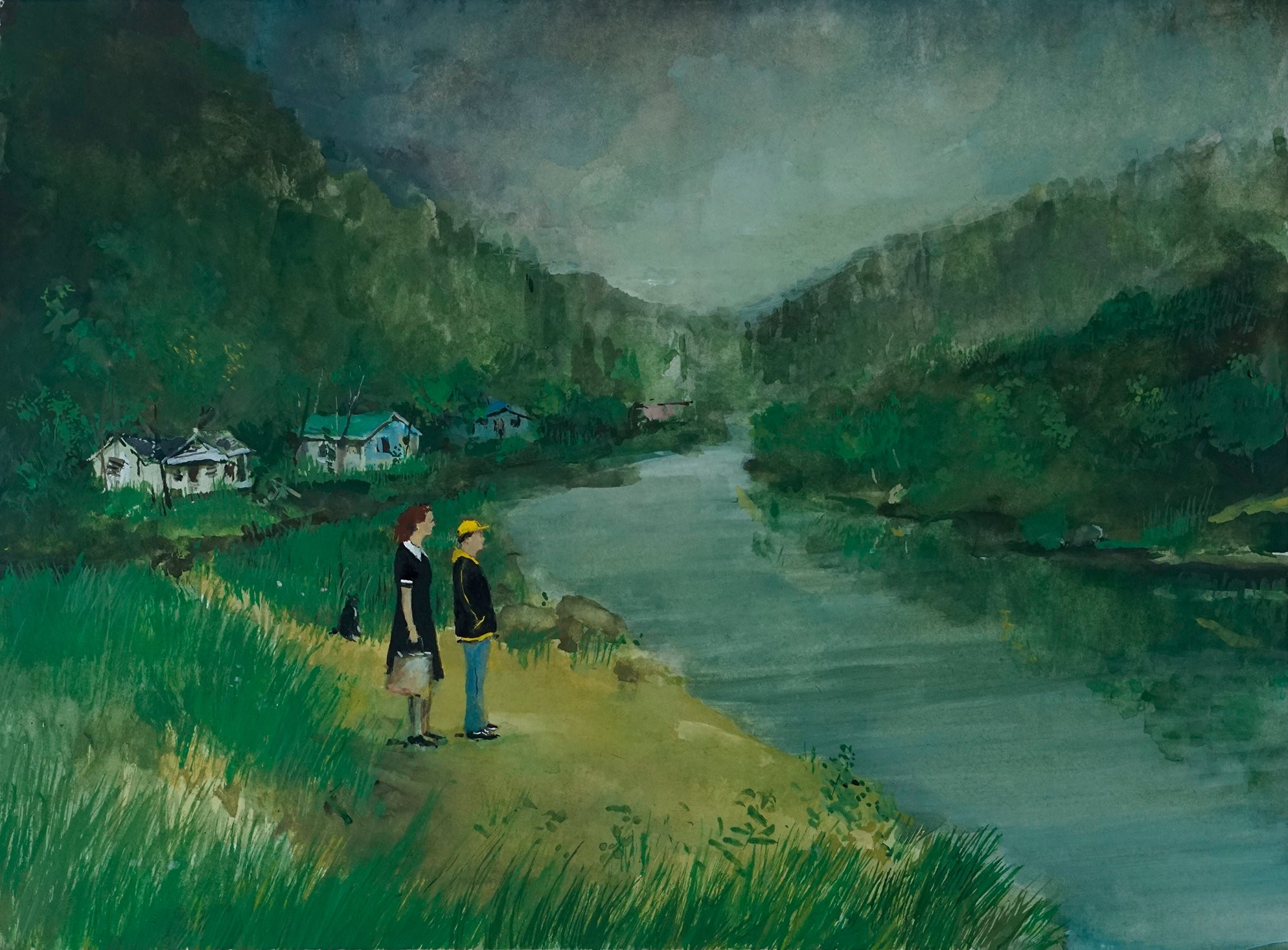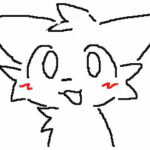 Painting by Michael Harrington for Harper’s Magazine © The artist
Painting by Michael Harrington for Harper’s Magazine © The artist
In the isolated town of Laskerville, where the looming dam casts a long shadow over dwindling lives, fourteen-year-old Ignatius, or Iggy as he’s sometimes known, navigates a world tinged with abandonment and the echoes of better days. Living with his eccentric Grandma Palavar, Iggy finds solace in an unlikely friendship with Loma and a shared fascination with a bizarre Japanese TV show, Bell the Cat. But what does this peculiar show title really mean, and how does it resonate within the quiet desperation of Laskerville?
The phrase “Bell The Cat” is an idiom that originates from the fable Belling the Cat. This age-old story, often attributed to Aesop, tells of mice plagued by a cat. In a meeting to address this perilous situation, one mouse proposes a clever solution: to tie a bell around the cat’s neck. This way, they would be forewarned of the cat’s approach and could escape danger. The idea is met with enthusiastic approval, until another mouse raises a crucial question: “Who will bell the cat?” This simple question exposes the impracticality and inherent risk of the plan. While the idea is brilliant in theory, the act of actually implementing it – of approaching and attaching a bell to a cat – is fraught with danger and potentially impossible.
Therefore, “to bell the cat” has come to represent attempting a dangerous or impossible task, especially one that benefits a group but carries significant personal risk. It highlights the difference between identifying a problem and actually finding someone willing, or able, to solve it when the solution involves considerable personal jeopardy.
In the context of the fictional TV show Bell the Cat within the story, this idiom takes on a layer of intriguing metaphor. The show features mice tasked with surviving in a giant house inhabited by a robot cat family. The mice, in their precarious situation, are constantly under threat from the cat. While the specifics of “belling the cat” are not directly depicted within the show’s premise as described by Iggy, the very title suggests that the mice are, in some way, grappling with an impossible or highly dangerous task related to the cat. Are they trying to outsmart the cat? Are they attempting to neutralize the threat it poses? The show, even in its broken, audio-only form for Iggy and Loma, becomes a symbolic playground for exploring themes of risk, courage, and the daunting challenges of survival when faced with a powerful adversary.
Iggy and Loma’s dedicated listening and dissection of Bell the Cat episodes highlight their own way of “belling the cat” in their desolate environment. In a town where opportunities and entertainment are vanishing, they find engagement and intellectual stimulation in deciphering the obscure narrative of this foreign show. They are taking on the challenging task of making sense of something incomplete and ambiguous, much like the mice in the fable trying to solve their cat problem. Their dedication to the show becomes a form of intellectual escapism and a shared project that strengthens their bond in the face of Laskerville’s decay.
Furthermore, the idiom’s essence reflects the broader situation of Laskerville itself. The town is facing an impending doom – the likely collapse of the dam. Addressing this issue, “belling this cat” of infrastructural decay and potential disaster, would require significant action and risk, likely falling upon authorities or perhaps even the remaining residents. Yet, there’s a sense of inertia and resignation in the narrative, mirroring the fable’s ultimate question: who will take on this perilous task?
In conclusion, the title Bell the Cat in the story serves as a potent symbol, resonating on multiple levels. It directly references the impossible task faced by the mice in the fable and mirrors the challenges faced by the characters within the Japanese show. More broadly, it reflects Iggy and Loma’s efforts to find meaning and connection in their dwindling town, and perhaps even alludes to the larger, unspoken challenge of confronting Laskerville’s uncertain future. The idiom “bell the cat” encapsulates the feeling of facing a daunting, perhaps impossible, task, a feeling that permeates the atmosphere of Laskerville and the lives of its remaining inhabitants.

